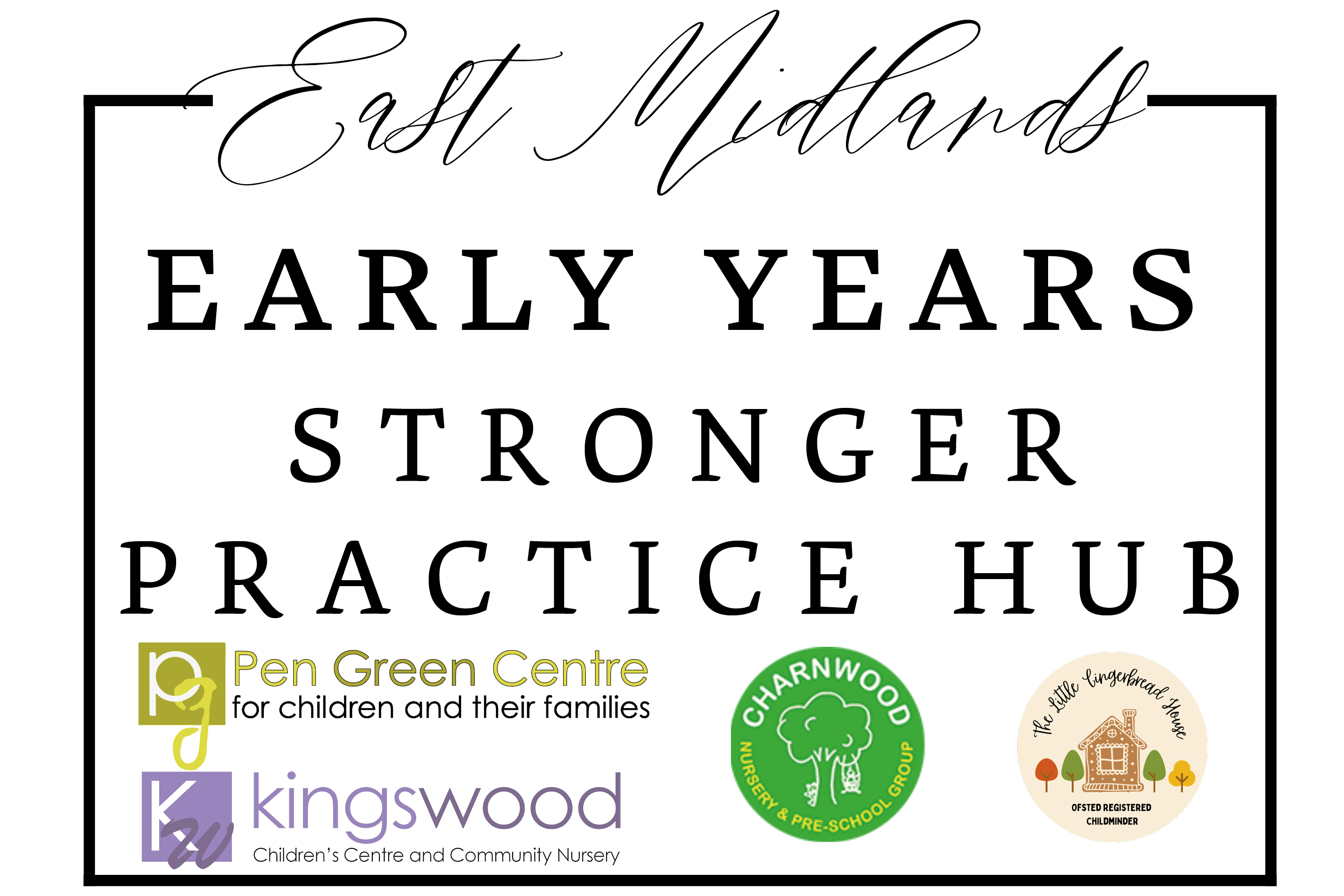Capturing Curiosity
Little humans, and big ones too, are innately curious, particularly about novel experiences and objects. This can be seen as we watch children play, as most things they encounter during their day is new to them, or is in a new place or is mixed with something new. A child’s world should be exciting, curiosity-sparking and question-creating, leading them to investigate and make new discoveries regularly.
The experiences we have in early childhood host unique potential for growth, development and learning. When we are encouraged at this early stage to develop skills and mindsets for learning, we are far more likely to continue a positive relationship towards learning.
Since the 20th century, educationalists and academics have tried to define curiosity in different ways. In a 2016 article, Grossnickle reviewed a variety of sources, and she gives suggestions for how curiosity can be split in terms of varied dimensions. One way she identifies curiosity can be split, is by the way in which children explore a curious object or experience. Grossnickle groups these objects into; physical curiosity, perceptual curiosity, social curiosity; and epistemic curiosity.
Dimensions of Curiosity
When a child is physically curious, they might ask questions like “what’s that over there?” and have a desire to investigate by using their movements to explore the space around them and their position within it.
When a child is perceptually curious, they are driven to explore particular objects and their potential use. They might ask “what does this do? Or “what is this for?”
When they are socially curious, children are intrigued by the opinion of others, and curious about how people see the world differently. You can notice this when you hear them wonder about their friend at play, “why are you doing that?”
Epistemic curiosity is more likely to be sparked at a later stage of development when children wonder about philosophy, societal norms and other mature cognitive ideas.
Igniting the spirit of inquiry
Our challenge today is figuring out ways to ignite and flame the spirit of inquiry in children.
Our children are ‘switched on’, engaging in very different ways than they have done previously. When they are engaged in play we hope that they are more than just memorizing ideas and facts.
Our hope should be to capture their natural curiosity and let them fly with it. As adults we should not always be eager to shape and mold every experience, we should look to give over control to the children. We need to be brave, to step back and let the children wonder.
Place little treasures, provocations out in a nook, a tiny place, somewhere in the playroom. Don’t draw attention to it, don’t suggest the children notice it. Just leave it to be discovered. Sit back and notice the children’s actions, emotions and words as they respond to these treasures.
Curiosity Drives Learning
A curious child will ask questions, come up with their own solutions and seek and test the results. They want to find out if their idea is the right idea. Curiosity, awe and wonder engage our children in thinking creatively and critically.
They are thinking and developing skills, expanding their knowledge and understanding of the world, how it works, how they can positively manipulate their world through exploration and investigation.
As our children play in provocative and interesting environments they begin to analyze, they question, why, how, what…
As our children investigate and make discoveries during their play they begin to apply the skills they develop in a wide variety of ways, if encouraged. We should consider environments that support and enable the application of the skills and knowledge each child is developing. Not over planned but space created with possibilities.
As children become absorbed in deep play, if they are so interested and stay on task, they can begin to combine separate ideas to form new concepts. We should be aiming for each child to develop a strong desire to lead their own play and hone their spirit of enquiry.
